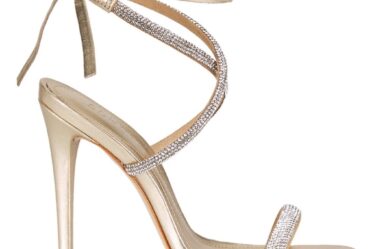
Online fast fashion behemoth Shein will open its first ever permanent physical store on Sunday, setting up shop in one of Tokyo’s most-popular areas as it seeks to live up to a lofty valuation that’s been shaken by slowing sales growth and concerns about its environmental and social impacts.
The two-story showroom, decorated mostly in grey tones, is located in Cat Street, an alley that runs between Harajuku and Shibuya and is a haven of culture and fashion. The 200-square metre venue has three changing rooms and a photo booth for shoppers to capture their outfits, and will also showcase bags and cosmetics, according to the company.
The opening follows the popularity of pop-up shops both in Japan and abroad, and the venue may also be used for events, according to Shein.
Despite the foray into brick-and-mortar retail, customers will still have to do all their ordering online. Shoppers will scan a product’s QR code, which will direct them to Shein’s website or app where they can make purchases and organise delivery.
The online-only model, and booming popularity of at-home shopping during the pandemic, helped fuel the breakneck growth that made Shein the global face of ultra-fast fashion and underpinned its $100 billion valuation in a funding round in April — more than Hennes & Mauritz AB and Inditex SA’s Zara combined.
The lack of physical presence and business model of ordering very small product batches means it doesn’t face the risk of managing inventories and can sell its products at ultra-low prices. The Chinese retailer typically orders 100 to 200 pieces of a particular style in order to gauge demand, only ordering larger volumes of its most popular products, the company said.
But Shein’s outlook is looking increasingly shaky. Its valuation had dropped by about $30 billion by July on concerns its rapid sales growth was stalling and as the company faces growing criticism over its environmental, social and governance record practices, including worker exploitation and copyright theft.
The company is now looking to diversify into more expensive products, rolling out a premium line of fashion called MOTF, though it’s image as a low-price retailer is deeply rooted. It’s also pushing to get its products on US doorsteps faster by establishing distribution centres in the Midwest and California, a significant shift from its practice of shipping individual orders directly from overseas.
Shein has told existing investors that it hopes to have an IPO in the US as soon as 2024, people familiar with the matter have said.
By Grace Huang and Kanoko Matsuyama
Learn more:
The $100 Billion Shein Phenomenon, Explained
BoF breaks down how the fast-fashion disruptor has built a global business that now rivals Zara and H&M.



